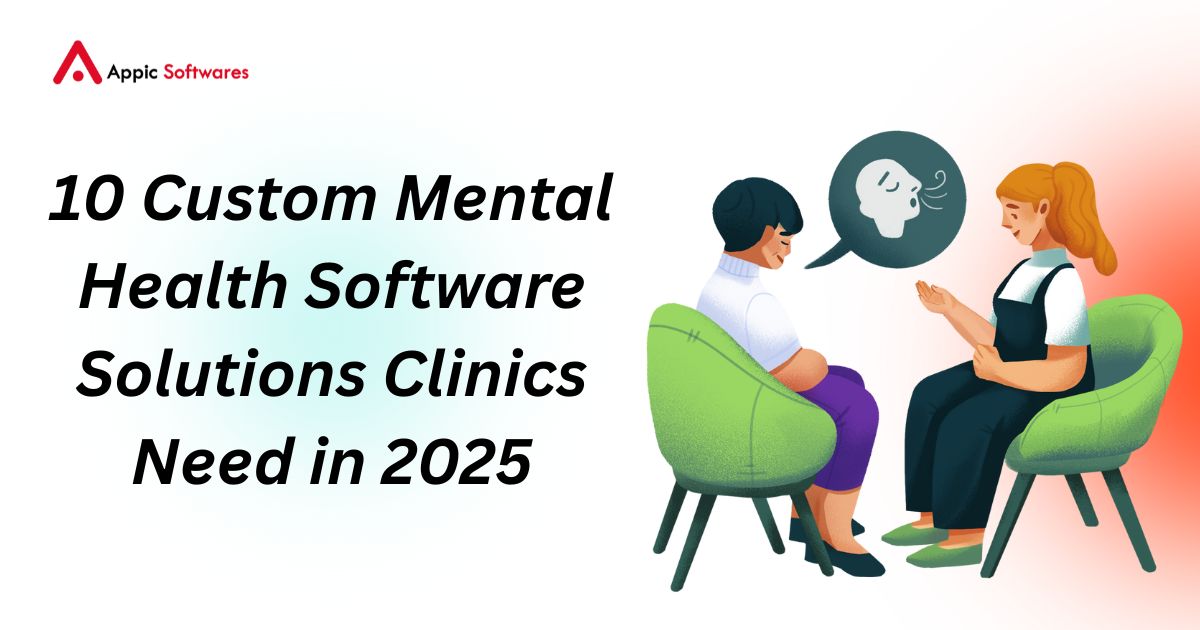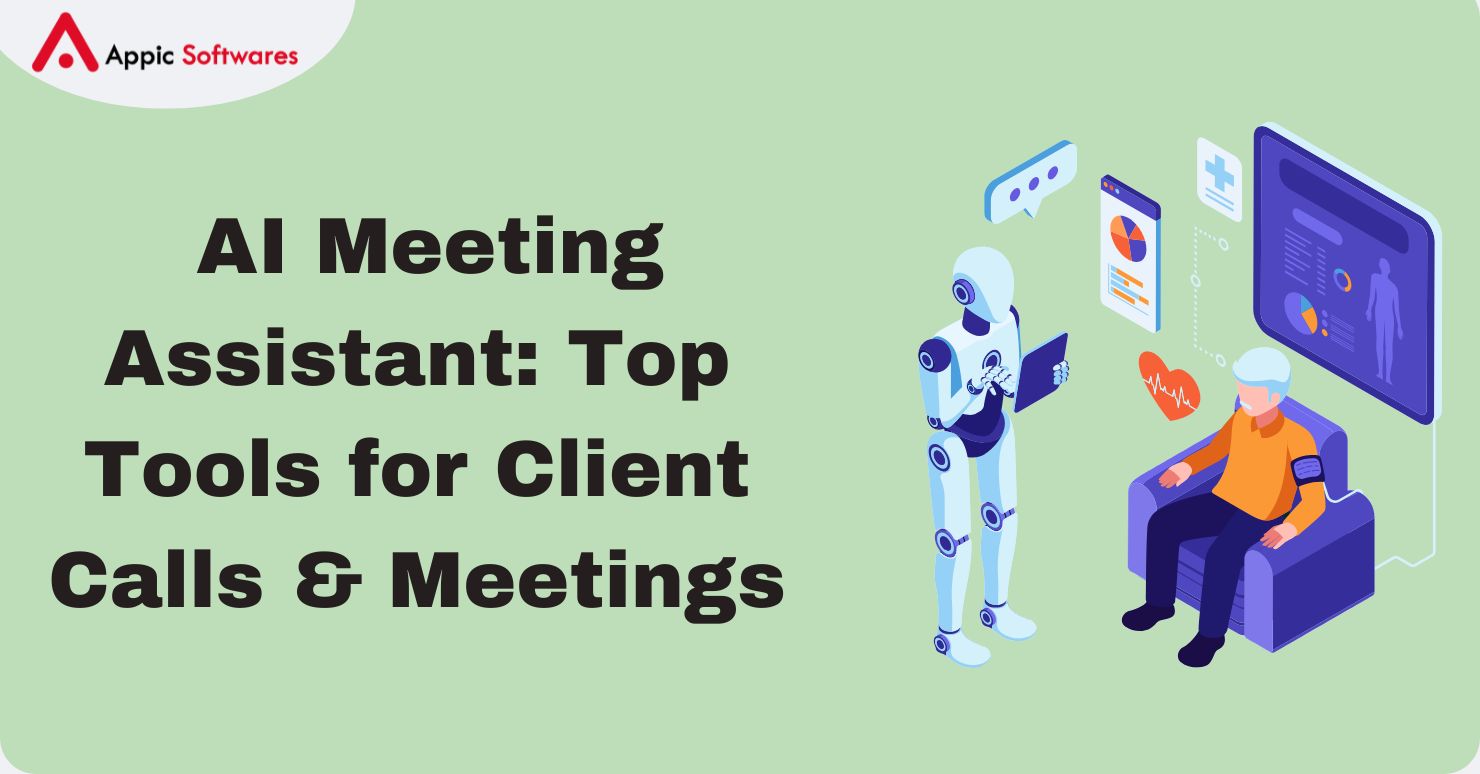
The size and share of the worldwide AI agents market are expected to increase at a compound annual growth rate (CAGR) of 40.15% from USD 5.29 billion in 2024 to USD 216.8 billion by 2035. Artificial intelligence (AI) needs to be fine-tuned as it improves, and AI bots perform more complex tasks. These bots can answer our questions about data and do things for us, like write code, manage our calendars, show us analytic insights, and a lot more.
Along the way, AI models will need to work together to look into data and document stores, gather information, make sure it is correct, start the right actions, and share what they found. The complex AI models will know a lot about general patterns of language, but they will also need to be tweaked to work best in certain areas, each with its own language, knowledge base, and other factors. How does the process of fine-tuning help an AI model and future AI bots get the little things right? We’ll talk about some parts of fine-tuning AI models below.
What Does Fine-Tuning Mean?
The process of AI agent fine-tuning is how data scientists and machine learning (ML) engineers change a trained ML model so that it does a certain job better.
People sometimes call these models “foundation models.” Big, general data sets, such as those from almost the entire internet, train them. This helps them learn and understand a lot of different trends and traits. Some are good with words, while others can understand and work with data that isn’t just writing, like pictures, videos, and sounds.
Fine-tuning takes this very complex model and trains it on a smaller set of data from a certain business domain or job. This helps the model understand the taxonomy, the situation, and even specifics about that area.
This helps the model retain its massive amount of training data while learning more about its new field. A general-purpose AI model can be fine-tuned to read and talk about medical images, for example. Similarly, an LLM-driven chatbot that has learned more local languages can be fine-tuned to do a better job of customer service. Fine-tuned models will often be important in the race to make AI bots that are very good at a lot of different things. This is a more in-depth look at the ways and processes of fine-tuning.
Read this blog:-AI Agents In OTT Streaming: Use Cases, Benefits, & More
How Fine-Tuning Works
Fine-tuning of an AI agent works using models that already exist. Cloud service companies often offer these foundation models, like Meta’s Llama 2 or Cohere’s Command.
Start With An Already Trained Model
Pick a model that works well for your task, whether it’s sorting text into groups, figuring out how people feel about things, answering questions, writing articles, making code, finding items, or anything else that needs AI or ML.
This is what you need to fine-tune an AI agent: a set of properly formatted data, the right foundation model, and a system that offers neural networks for deep learning and GPUs for running the training.
It has become easier to fine-tune AI agents over time, as is often the case with technology, thanks to new tools and support services from cloud-provider development teams. These services and tools help automate fine-tuning, which includes the challenging jobs we’ll talk about, like hyperparameter optimization, model selection, and data preprocessing. That makes the process easier for people who aren’t pros to understand.
Additionally, AI agents in finance often require highly regulated and industry-specific data for fine-tuning to comply with financial laws and security standards.
AI Data Science And Fine-Tuning
- AI tools have become adept at abstracting data science, making data collection and organization challenging.
- Libraries of ready-made data for various fields are available, including computer vision, sentiment analysis, and anomaly detection.
- Fine-tuning models using these tools is increasingly popular. Examples of AI agents that rely on fine-tuning include virtual assistants, fraud detection systems, and healthcare diagnostic tools.
- Companies can use retrieval-augmented generation (RAG) design to enhance AI outputs.
- Reinforcement learning, a method where AI agents learn by making mistakes, is being used alongside standard fine-tuning methods.
How To Fine-Tune an AI Agent In Four Steps
1. Use A Pretrained Model
The first step is to choose a base model that is right for the task. In computer vision, natural language processing, text creation, and other areas, there are well-known models.
2. Add New Data
Next, choose the right data for the job and put it together. These could be named customer reviews or actual questions and answers from people who work in the same field as your AI agent.
3. Modifications
The third step is to make any necessary changes to the model. Among the changes that can be made are freezing layers to keep the model’s previous learning, changing the learning rate to help keep the model’s existing knowledge, and adding layers where new tasks are learned, like a classification layer for text classification or a regression layer for predictions.
4. Train The Model
This phase is the step where you put the new data into the model and change its parameters. The goal is to make the model better at your job while keeping the general information it learned in the beginning.
Additional Considerations
- Regularization & Optimization: Techniques like dropout, weight decay, and gradient clipping can improve stability.
- Transfer Learning & Adapter Layers: Efficient fine-tuning methods like LoRA (Low-Rank Adaptation) can reduce computational costs for different types of AI agents.
- Deployment: After fine-tuning, consider model compression or quantization for deployment efficiency.
Read this blog:-Exploring AI for a Sustainable Future: Barriers, Benefits & Research Priorities.
Benefits Of Fine-Tuning An AI Agent

Fine-tuning makes AI more precise, efficient, and specialized, hence enhancing it. It enables artificial intelligence to fit particular jobs, sectors, and consumer needs. The main advantages are these:
1. Enhanced Relevance And Accuracy
Fine-tuned AI is better in industry-specific terminology. It responds more precisely and relevantly. General artificial intelligence could respond vaguely. Fine-tuning guarantees AI understands the correct vocabulary and context.
- Example: Better contract analysis comes from a legal AI assistant educated on case laws. It stays clear from errors and knows legal language.
2. Tailoring For Particular Tasks
Fine-tuning lets artificial intelligence become experts in a given field. It enhances performance for particular commercial purposes. Often general models lack the necessary depth. Fine-tuning an AI agent is becoming a field of expertise.
- Example: A medical chatbot trained on medical data aids doctors in diagnosing diseases. It precisely understands medical jargon and symptoms.
3. Better Performance With Less Data
Smaller datasets let fine-tuned artificial intelligence do well. It requires less training data and picks up skills faster. Generally speaking, artificial intelligence requires enormous volumes of data. For focused uses, fine-tuning helps artificial intelligence be efficient.
- Example: Historical chat data helps a customer care chatbot to get better. It picks up handling typical questions without requiring an extensive dataset.
4. Enhanced Context Understanding
Fine-tuning clarifies for AI the meaning behind words. It helps AI answer consumer questions. General artificial intelligence could respond irrelevantly and overlook context. Perfectly adjusted artificial intelligence offers insightful and practical answers.
- Example: A sales AI assistant can remember things you’ve acknowledged in the past. The system suggests products based on what the customer likes.
Conclusion
Appic Softwares is a leading AI agent development company that specializes in integrating AI-powered solutions into businesses’ applications. They offer end-to-end AI development services, including fine-tuning machine learning models, building AI-driven apps, and deploying intelligent automation solutions. Their AI services include AI-powered chatbots for customer support, automated content generation, predictive analytics, and personalized recommendations for e-commerce and fintech apps. They use Python, open-source tools, and cloud-based infrastructure to train, test, and deploy models. We focus on creating smart, AI-driven digital experiences that enhance engagement, efficiency, and decision-making.
FAQs
1. How does fine-tuning an AI agent differ from earlier model training methods?
It’s not the same thing to train AI models from start and fine-tune an AI agent. It involves training a complex foundation model over and over again, which makes the outputs more relevant to the job at hand. Building and training a model from scratch takes a lot of time and money, and fine-tuning often needs less data and less time.
2. Is it possible to fine-tune any kind of model?
You can use AI fine-tuning with foundation models in a lot of different ways, like to recognize images, sort texts, make up languages, make audio outputs, or do other things.








